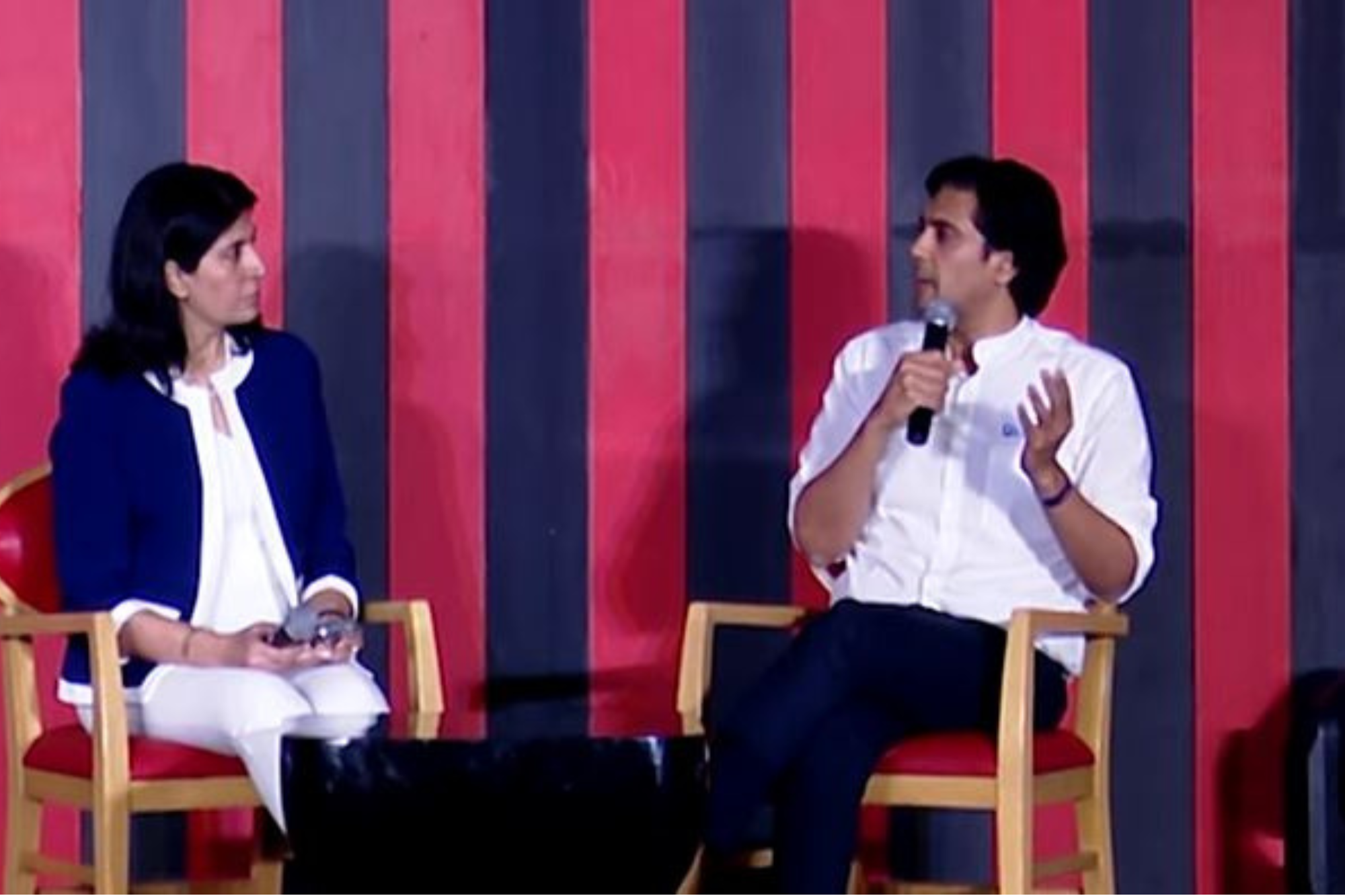Make in China: Why it Works for Small Businesses Raising duties is a sure shot way of expressing dissatisfaction, but isn't a way to curb imports, or meet the objective of encouraging domestic manufacturing
By Nirupesh Joshi •
Opinions expressed by Entrepreneur contributors are their own.
You're reading Entrepreneur India, an international franchise of Entrepreneur Media.

The Rupee's freefall over the past few days is worrisome for businesses dependent on importing raw materials. Recent news that the finance ministry may consider restrictions of non-essential imports is disturbing too. This unfolding drama of whack-a-mole makes one wonder if anyone in the offices at North Block is taking a holistic view at all about encouraging the domestic manufacturing segment, as opposed to shortsighted moves like raising import duties every time a crisis emerges.
Take the wristwatch industry for example, while import data isn't readily available, a quick search shows that India imported a total of USD 570 million worth of wristwatches and wristwatch accessories during a recent three year period. While the import of complete wristwatches is understandable owing to the weight of the Swiss Made watches, import of components isn't. Domestic watch brands import components from overseas too, mainly China. In the budget announcement of 2018, the finance ministry raised import duties on finished wristwatches and parts sharply by doubling the duty from 10 per cent to 20 per cent.
Raising duties is a sure shot way of expressing dissatisfaction, but isn't a way to curb imports, or meet the objective of encouraging domestic manufacturing. Domestic watch brands import components from China for specific reasons:
Variety: Businesses preferred China due to the low cost of production, but that is a decade old story. Today's China is the world's manufacturing and prototyping hub. The sheer variety of options available regarding fabrication of the material used, surface treatment, etc. make China a compelling opportunity that no small business owner can refuse.
Speed: One can walk into Shenzhen with a blueprint of a product, and walk out with a finished prototype within hours. No matter what your product is, a baby-stroller, an alarm clock, furniture, or plastic ware. They produce prototypes at amazing (sometimes alarming) speeds.
Skills: The sheer number of rural population that migrates to manufacturing centres in China is shocking. It is almost as if there is a constant supply of workforce that the industrial system feeds into, then trains, and readies for the production line efficiently. China also has a solid vocational and technical education plan that starts at an early stage (after class 8).
Take skills development in India as an example, the planning commission published a report in 2013 about the efficacy of China's vocational training, how it is a big factor in China's industrial growth, and what India could learn.
However, we still have a lot of work to do at home such as:
1) School dropouts occur the most between class 8 - 10, revise qualification criteria for vocational training enrollment from present Class 10 to Class 8.
2) Curb misappropriation of funds allocated for vocation training.
3) Widen the scope of vocational education to cover new avenues to meet the demands of the current market (eCommerce Fulfilment for example)
4) Involve private manufacturing sector in early professional education programs.
As one can see, raising import duties for goods isn't the solution to improve domestic manufacturing. Instead, a need for a holistic view presents itself. Until we change our tinted glasses, a majority of small business will continue to Make in China and be happy with it.












